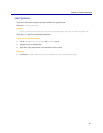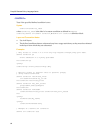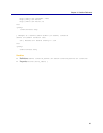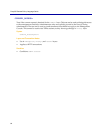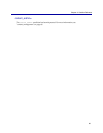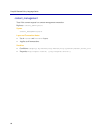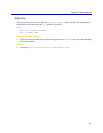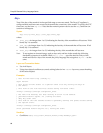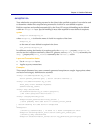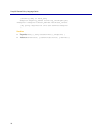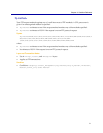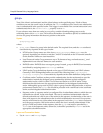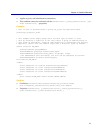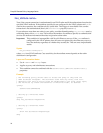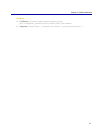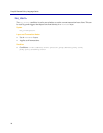
Chapter 3: Condition Reference
69
exception.id=
Tests whether the exception being returned to the client is the specified exception. It can also be used
to determine whether the exception being returned is a built-in or user-defined exception.
Built-in exceptions are handled automatically by the ProxySG but special handling can be defined
within an
<Exception> layer. Special handling is most often required for user-defined exceptions.
syntax
exception.id=exception_id
where exception_id is either the name of a built-in exception of the form:
exception_id
or the name of a user defined exception in the form:
user_defined.exception_id
In addition to testing the identity of exceptions set by the exception( ) property, exception.id=
can also test for exceptions returned by other CPL gestures, such as policy_denied, returned by the
deny( ) property and policy_redirect returned by the redirect( ) action.
Layer and Transaction Notes
•Use in
<Exception> layers.
• Applies to proxy transactions.
Examples
This example illustrates how some commonly generated exceptions are caught. Appropriate subnet
and action and category definitions are assumed.
<Proxy> url.domain=partner.my_co.com/
action.partner_redirect(yes) ; action contains redirect( )
<Proxy> url.domain=internal.my_co.com/
force_deny client.address!=mysubnet
authenticate(my_realm)
<Proxy> deny.unauthorized
url.domain=internal.my_co.com/hr group=!hr;
; and other group/user restrictions ...
<Proxy> category=blocked_sites
exception(user_defined.restricted_content )
; could probably have used built in content_filter_denied
; Custom handling for some built-in exceptions
;
<Exception>
; thrown by authenticate( ) if there is a realm configuration error
exception.id=configuration_error action.config_err_alerts(yes)
; thrown by deny.unauthorized
exception.id=authorization_failed action.log_permission_failure(yes)



